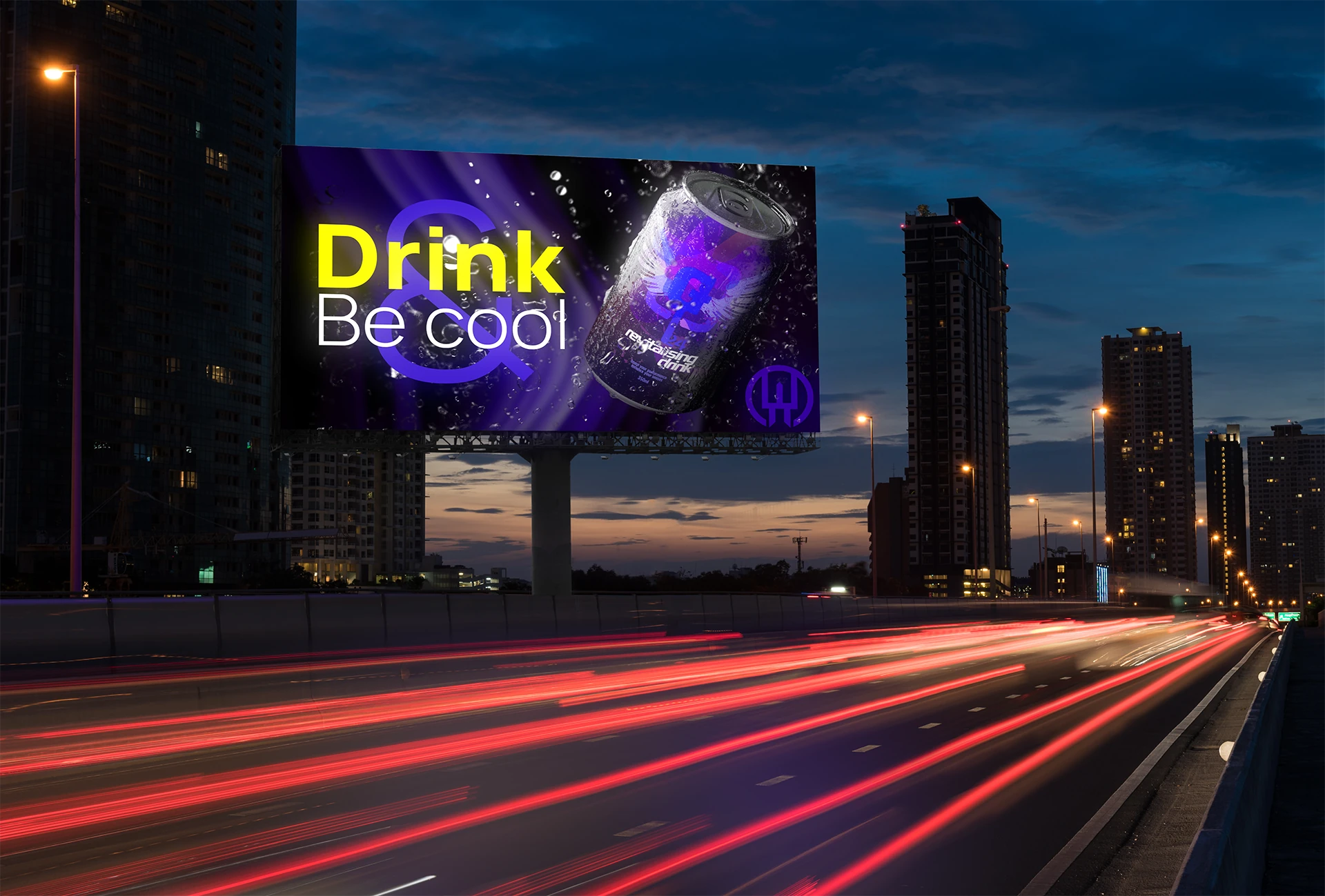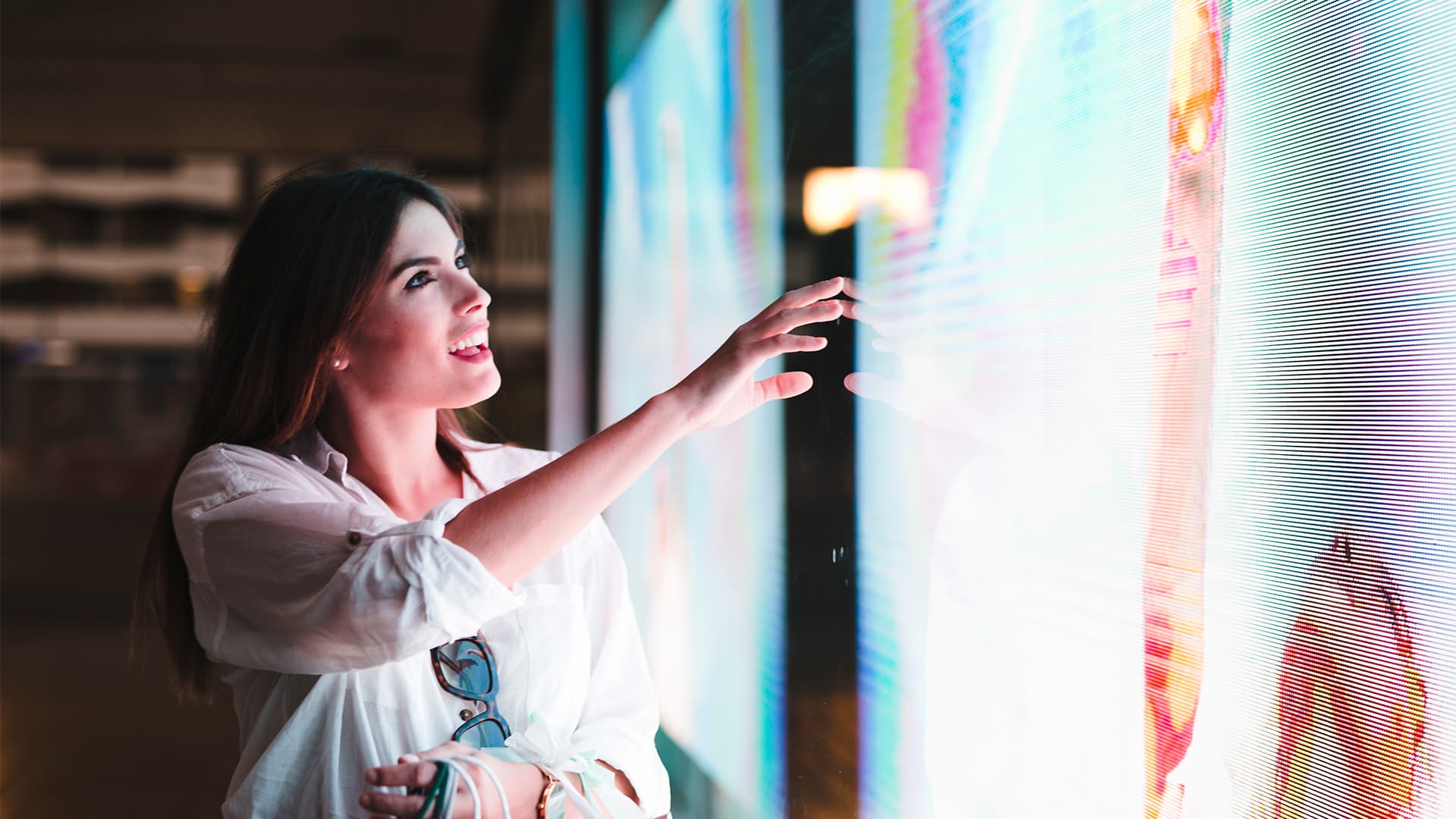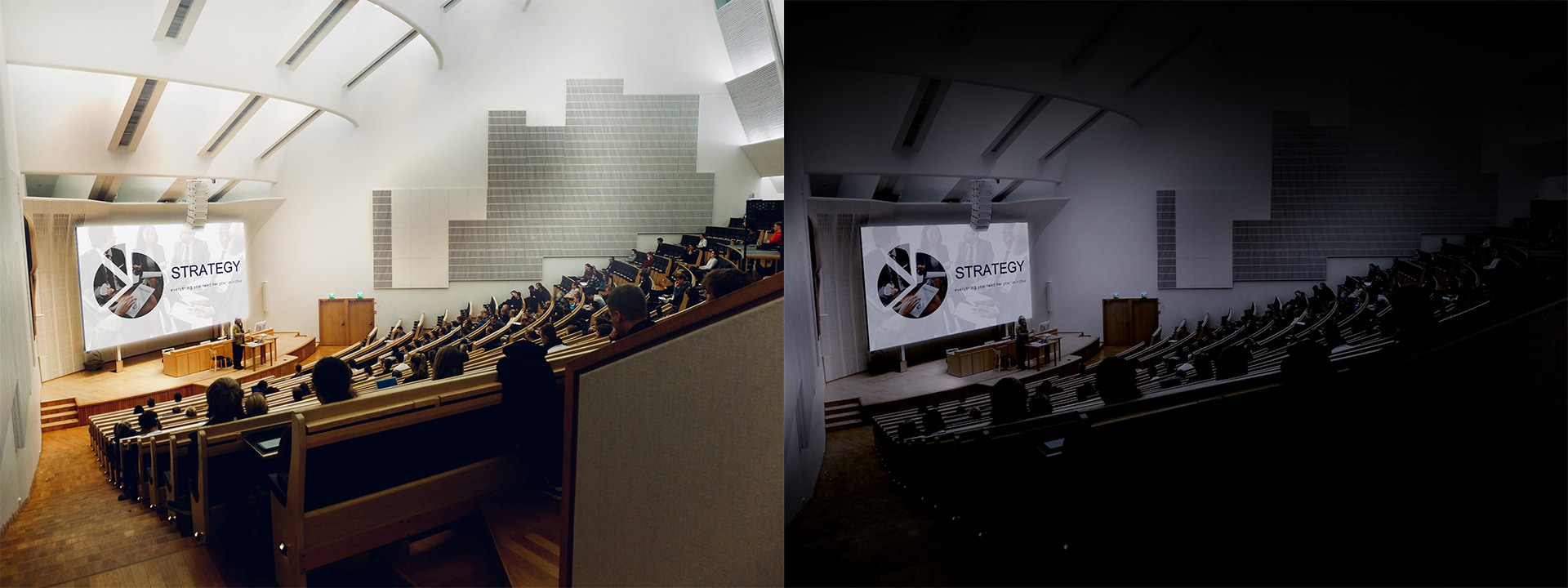Welcome back to LED Insights, where we delve into the fascinating world of LED displays and uncover the myriad ways, they can benefit not just your viewing experience, but also your wallet!
As LED displays continue to gain traction in both indoor and outdoor settings, it's crucial to grasp the nuances behind their operation and how dynamic brightness adjustments can lead to significant financial savings.
Historically, the dynamic adjustment of brightness using light sensors was a feature exclusive to outdoor LED displays, catering to the ever-changing ambient lighting conditions. This game-changing technology is now making its way indoors, promising to revolutionise the way we interact with LED displays in various environments.

Imagine LED displays in atriums, reception areas, shop windows or even lecture theatres where the intensity of ambient light varies throughout the day, across seasons or during different use cases. Integrating a light sensor allows the display to automatically modify its brightness output (measured in NITs) to match the surrounding light conditions optimally. This not only ensures the display is visible in all conditions ensuring the brightness is set to an optimal level, but also significantly reduces energy consumption.

If you want to make use of this feature, it's essential to ensure that your LED display controller is compatible with a light sensor.
With modern LED display controllers capable of receiving RS232 or IP commands, adjusting your display's brightness has never been easier. This method of control is particularly beneficial in spaces like university lecture theatres, where optimal screen brightness is crucial for both energy savings and viewer comfort.
Consider the scenario where a lecturer controls the AV system via a touch panel from the presenting lectern. The LED display might start at 80% brightness to counteract high ambient lighting used to ensure people can enter the room safely. However, when the lecture begins presenting and the room lights dim (triggered via the control panel), the display can automatically reduce its brightness via an RS232 command, significantly saving energy and creating a more comfortable environment for the audience. Once the presentation concludes and ambient lighting increases, the display's brightness can adjust upwards accordingly.

Historically, adjusting these settings was a manual task, prone to user error, thus leading to displays often being left at a fixed brightness level, often too bright for prolonged viewing times.
It is worth noting that reducing the NIT output of your display also impacts the lifetime of your LED’s, extending them by up to 25%.
LED display true black results in the LEDs turning off (completely), presenting an opportunity for creative and energy-efficient content creation. Utilising backgrounds of deep black/ true black (#000000) with contrasting text and visuals not only makes your content more engaging, but also conserves energy. This approach is especially effective for corporate presentations typically dominated by white backgrounds. Opting for a black backdrop not only makes your content stand out, but also significantly reduces energy consumption and is gentler on viewers' eyes.
Of course, we're not advocating you use your display like this all the time! But it's nice to know you have options for reducing running costs if you wish.

Ensuring you specify the correct pixel pitch for your display application has a big impact on energy consumption. Generally, the more pixels, the more power the screen will use.
You can learn more about selecting the right pixel pitch here
Implementing these strategies not only fosters savings and extends the lifespan of your LED displays but also contributes to reducing fossil fuel dependence. These are straightforward yet impactful steps towards a greener future.
The marriage of dynamic LED display brightness adjustments and clever content creation offers a dual benefit: substantial cost savings, extended LED lifetimes and a move towards sustainability. By understanding and applying these principles, we can all enjoy the visual brilliance of LED technology while also embracing our responsibility towards the planet.